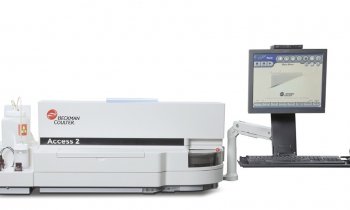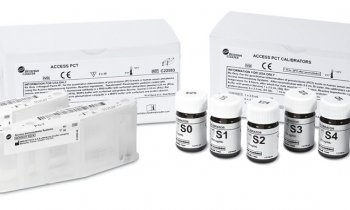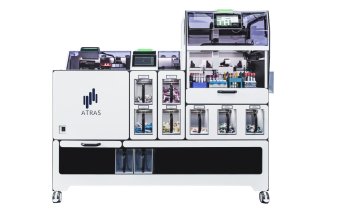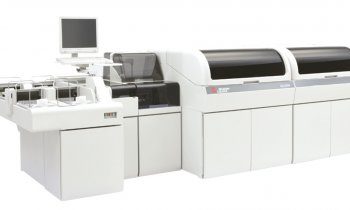New guidelines to assess test lab test performance
The Clinical and Laboratory Standards Institute (CLSI) recently published new guidelines which offer methods to assess test performance when formal proficiency testing programs are not available. Proficiency testing is an important part of quality management in the clinical laboratory and complements internal quality control to help ensure patient test results are valid.

Stephen J. Sarewitz, MD, Valley Medical Center, working group chairholder, says, "If PT is not available, laboratories should use alternative methods to periodically assess testing, because errors in the testing process can develop that may not be readily detected by routine QC. The document "Assessment of Laboratory Tests When Proficiency Testing Is Not Available; Approved Guideline -- Second Edition (GP29-A2)," offers several methods that can be used to assess test performance when PT is not available."
The document addresses a variety of tests, including quantitative analyses of blood, microbiological cultures, morphologic analyses, and in vivo tests.
Validating ongoing performance is important for all laboratory tests. GP29-A2 offers guidelines for assessing test performance when PT is not available and includes information to:
-- Determine accuracy of analysis under some circumstances;
-- Compare performance against other laboratories using similar methods/reagents/instruments; and
-- Integrate quality elements for good laboratory practice.
This document is a revision of GP29-A, which was published in 2002, and includes the following updates:
-- revised/harmonized terminology;
-- updated examples of tests for which PT is not available; and
-- examples of government comparison programs.
The document is written for managers, supervisors, and laboratory personnel in traditional laboratories, as well as personnel performing point-of-care and bedside testing.
For additional information on CLSI or for further information regarding this release, visit http://www.clsi.org.
18.09.2008











